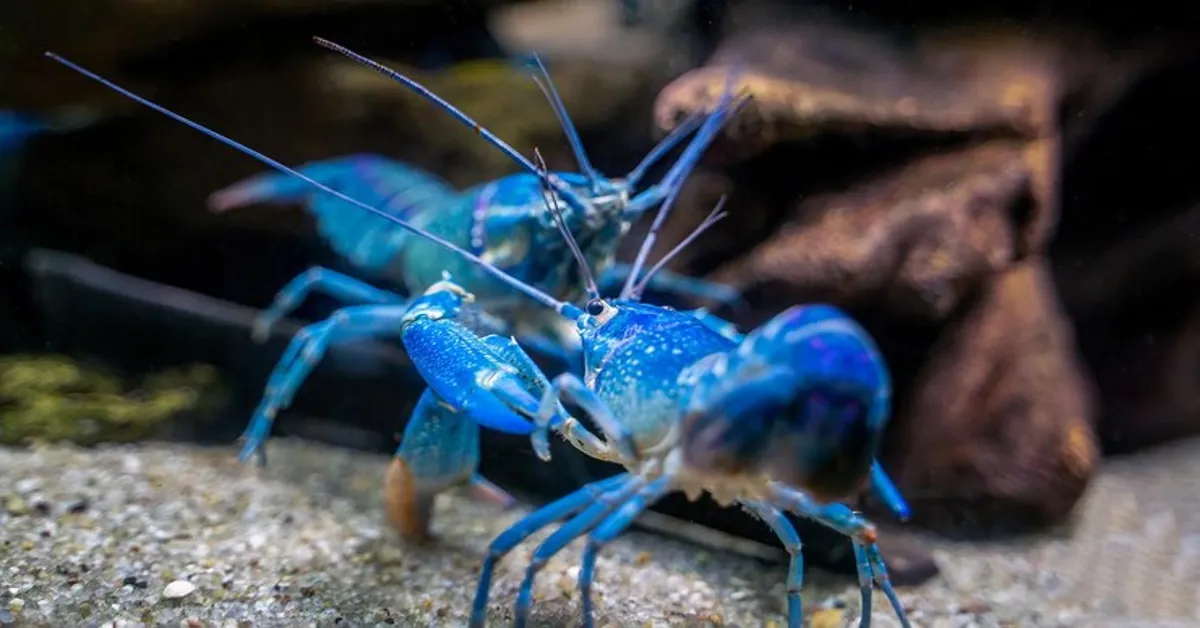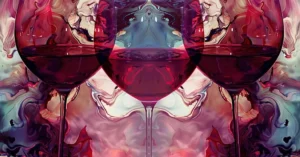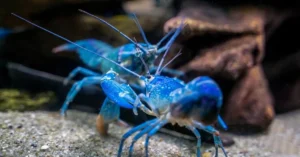The blue lobster isn’t just rare—it’s practically legendary.
Found only once in every two million lobsters, this striking ocean creature is often considered a symbol of rarity, uniqueness, and curiosity in marine biology. When one appears, it makes headlines, sparks social media excitement, and inspires conversations about biodiversity and ocean conservation.
In this in-depth guide, we’ll explore what makes the lobster so extraordinary—from its genetic mutation to its cultural significance.
What is a Blue Lobster?
A blue lobster is not a different species of lobster—it’s an American or European lobster with an unusual pigmentation caused by a rare genetic mutation. This mutation causes an overproduction of a particular protein that turns the normally dark brownish-green shell into a brilliant, almost electric blue.
The species in question is usually Homarus americanus, the same lobster commonly found along the northeastern Atlantic coast of North America.
The Genetics Behind the Blue Shell
The stunning blue hue in these lobsters is due to a genetic anomaly. Specifically, it’s the result of an overproduction of a protein called crustacyanin. This protein binds with astaxanthin—a red carotenoid pigment found in lobsters—to reflect blue light instead of red.Key Genetic Factors:
- Excessive production of crustacyanin
- Abnormal pigment-binding process
- Genetic mutation inherited or spontaneous
This mutation doesn’t affect the lobster’s health, mobility, or flavor—it just makes it incredibly rare and visually captivating.
How Rare Is a Blue Lobster?
Estimates suggest that the chances of encountering a lobster are about 1 in 2 million. This puts them in a rarefied group of natural anomalies—comparable to albino animals or four-leaf clovers.
Some even rarer lobster colors include:
- Yellow Lobsters: 1 in 30 million
- Cotton Candy Lobsters: 1 in 100 million
- Albino (White) Lobsters: 1 in 100 million
These numbers highlight just how exceptional a blue lobster truly is.
Where Are Blue Lobsters Found?
Blue lobsters are primarily found along the Atlantic coast of North America, especially in areas like:
- Maine (USA)
- Nova Scotia (Canada)
- Massachusetts
- New Brunswick
- Prince Edward Island
These cold, nutrient-rich waters are home to the American lobster, which occasionally produces this vibrant mutation.
Famous Blue Lobster Discoveries
Several lobster sightings have gained media attention, turning local fishermen into overnight celebrities.
Notable Cases:
- In 2020, a blue lobster named “Clawde” was caught off the coast of Portland, Maine and donated to an aquarium.
- In 2022, a Red Lobster restaurant in Ohio received a blue lobster in a seafood shipment—a 1-in-2-million fluke.
- In 2023, a Canadian fisherman caught one and released it back into the wild after photos went viral.
Each case reinforces how fascinating and beloved these creatures are, far beyond the scientific community.
Are Blue Lobsters Safe to Eat?
Technically, yes. Blue lobsters are safe to eat, and their meat is no different in taste or nutrition from their more common-colored cousins.
However, due to their rarity and public fascination, most people and restaurants choose not to cook them. Instead, they are often:
- Released back into the ocean
- Donated to aquariums or marine centers
- Preserved for scientific study
This practice helps raise awareness and supports conservation efforts.
Other Rare Lobster Colors
The blue lobster may be the most talked about, but it isn’t the only rare coloration out there.
Other Rare Variants:
- Yellow Lobster: A brilliant golden hue, 1 in 30 million
- Orange Lobster: Uncommon but not as rare
- Split Lobster: Half blue, half brown; 1 in 50 million
- Albino Lobster: Completely white, extremely rare
- Cotton Candy Lobster: Soft, iridescent pastels, nearly mythical
These variants are also genetic anomalies, making each catch a potential newsmaker.
Conservation Efforts and Aquarium Donations
As sightings of lobsters increase—thanks in part to social media—the conversation has shifted toward conservation and education.
Common Practices:
- Donating to aquariums like the New England Aquarium
- Breeding studies to understand genetics
- Public awareness campaigns on marine life protection
- Catch and release movements among ethical fishermen
These initiatives help promote ocean biodiversity and highlight how nature’s surprises deserve protection.
What to Do If You Catch a Blue Lobster
If you’re a fisherman or someone who happens to come across a lobster, here’s what you should do:
Best Practices:
- Photograph the lobster immediately for documentation.
- Handle carefully to avoid stress or damage.
- Notify a local marine biology lab or aquarium.
- Consider releasing it, especially if it’s a juvenile.
- Share responsibly—don’t sell it to be eaten if it can educate or inspire instead.
Several aquariums offer assistance with transport and may be interested in adopting the specimen.
The Cultural Impact of Blue Lobsters
The lobster has become a symbol beyond marine biology. It often represents uniqueness, rarity, and beauty born of difference.
In pop culture, it has inspired:
- Art and sculptures
- Jewelry collections
- Brand logos (especially seafood and ocean conservation groups)
- Children’s books and educational material
Its uniqueness makes it a perfect metaphor in motivational messaging and symbolic storytelling.
READ MORE: Gelonade Strain Review: Flavor, Effects & Genetics
Conclusion: Why the Blue Lobster Matters
In a world of endless digital noise, the blue lobster reminds us of nature’s incredible diversity. It’s a beautiful accident of biology that offers both scientific intrigue and cultural fascination.
Whether found in the wild, donated to an aquarium, or shared on social media, each blue lobster sparks wonder—and perhaps a greater appreciation for the fragile ecosystems they represent.
If you ever see one, pause and share the story—because the blue lobster is more than rare, it’s unforgettable.
FAQ Section
What causes a blue lobster’s color?
A genetic mutation leads to an overproduction of a protein called crustacyanin, which causes the shell to appear blue.
Are blue lobsters real?
Yes! Blue lobsters are real and very rare, with an estimated occurrence of 1 in every 2 million lobsters.
Can you eat a blue lobster?
Yes, but most people choose not to. They’re usually donated to aquariums or released to promote conservation.
Where can you find blue lobsters?
They are typically found in the cold Atlantic waters off Maine, Nova Scotia, Massachusetts, and nearby regions.
What’s rarer than a blue lobster?
Albino and cotton candy lobsters are rarer, with odds as high as 1 in 100 million.









